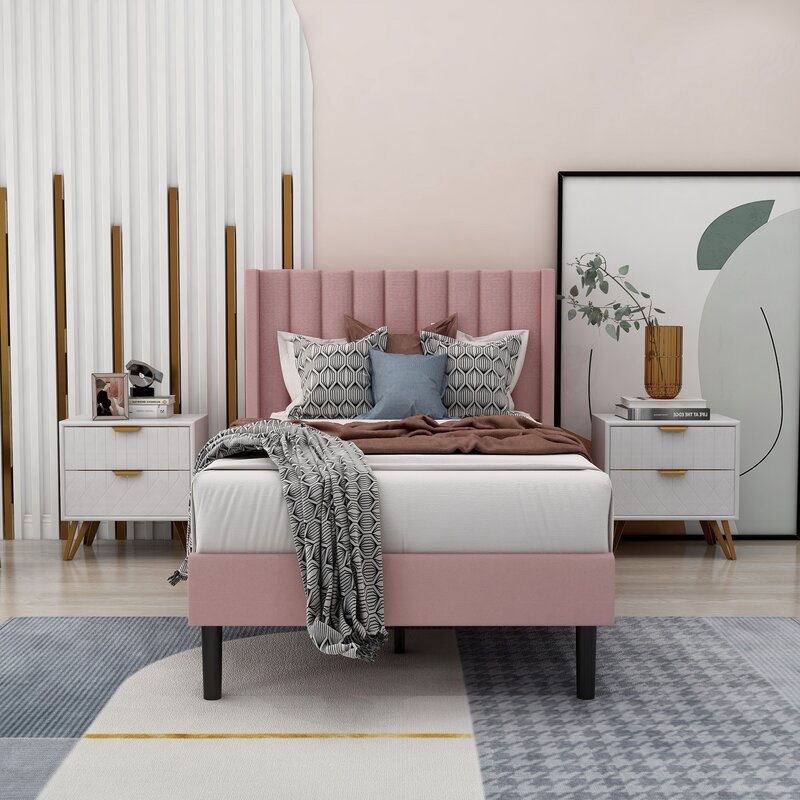
When a potential buyer walks into a home, it needs to look decorated enough that they can imagine themselves living there, but not so much that it feels like someone else is already living there. It should have style, but nothing so polarizing that it alienates most buyers. It’s a tricky balance, which is why the job is best left to interior designers and professional home stagers. But when you nail it, not only are buyers ready to make an offer, but they also want to purchase all the furniture. Even if you’re not looking to sell your place, the lessons of staging can translate into interior design tips for your home, especially the bedroom. Take some cues from a home we staged to get inspired to transform your bedroom.
The Bed
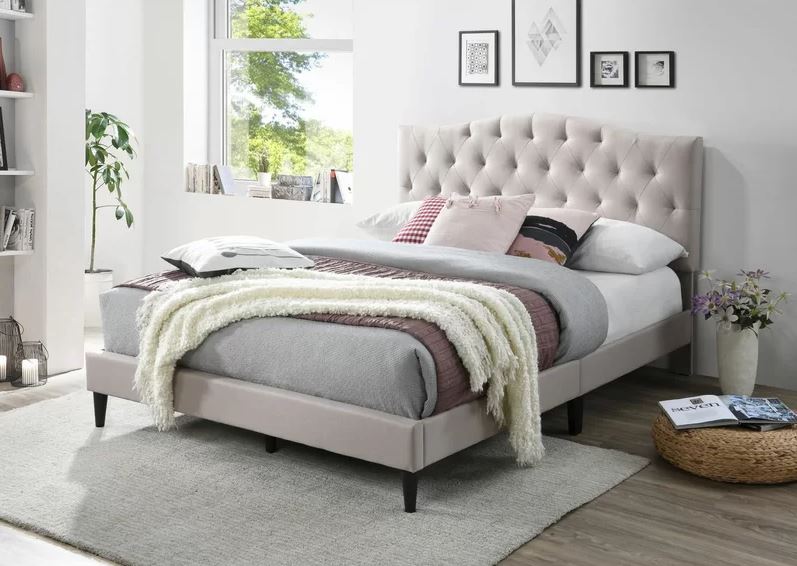
There’s something about an upholstered headboard that instantly makes a bedroom feel more luxe. In this room, our designer chose a grey tufted version, which sets a serene tone. Choosing a neutral shade for an upholstered headboard isn’t just a good idea for staging, but for real life as well. Instead of choosing a bold pattern that you might get sick of pretty quickly, opt for a neutral headboard and instead experiment with colors and patterns in throw pillows and bedding.
The bedding also looks like what you might have in your home (or the idealized version of your home). The crisp white bedding looks inviting, and there aren’t so many pillows that you feel like you’re in a showroom.
The Area Rug
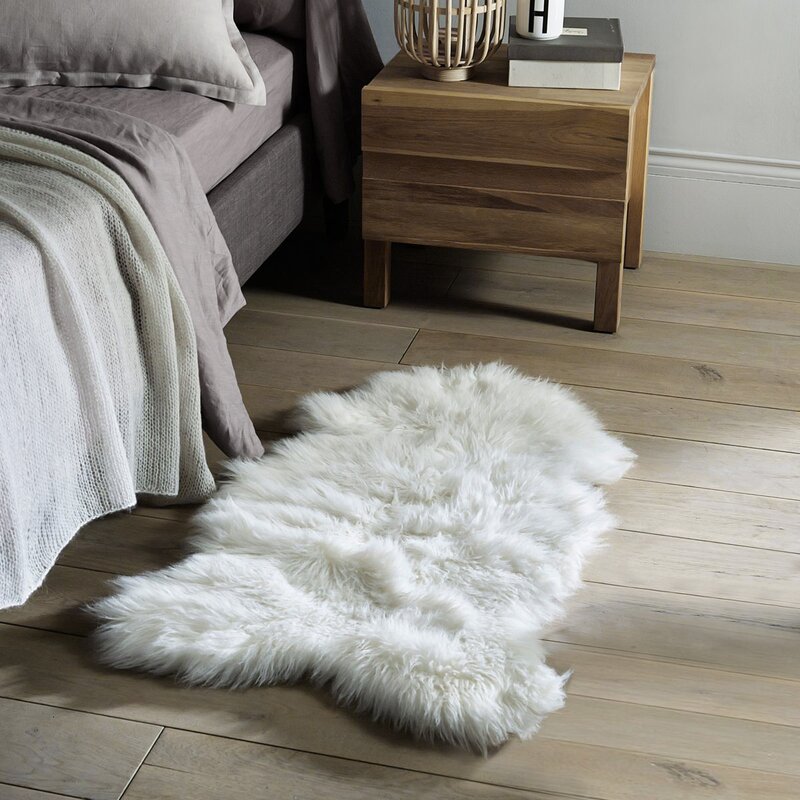
A key element of a cozy bedroom is an area rug. Not only does it anchor the space visually, but it has a practical element as well. When you wake up in the morning, swing your legs out of bed and stand up, would you rather put your feel on a cold, hard wooden floor, or a warm, plush rug?
Our designer opted for another neutral tone, but chose a soft, highly textured rug that makes the room feel more layered. Choosing the right size rug is also important (and often done incorrectly). This rug is large enough for the bed with a generous amount of space around it, so use these proportions as a guide when choosing an area rug for your bedroom.
The Bedside Tables
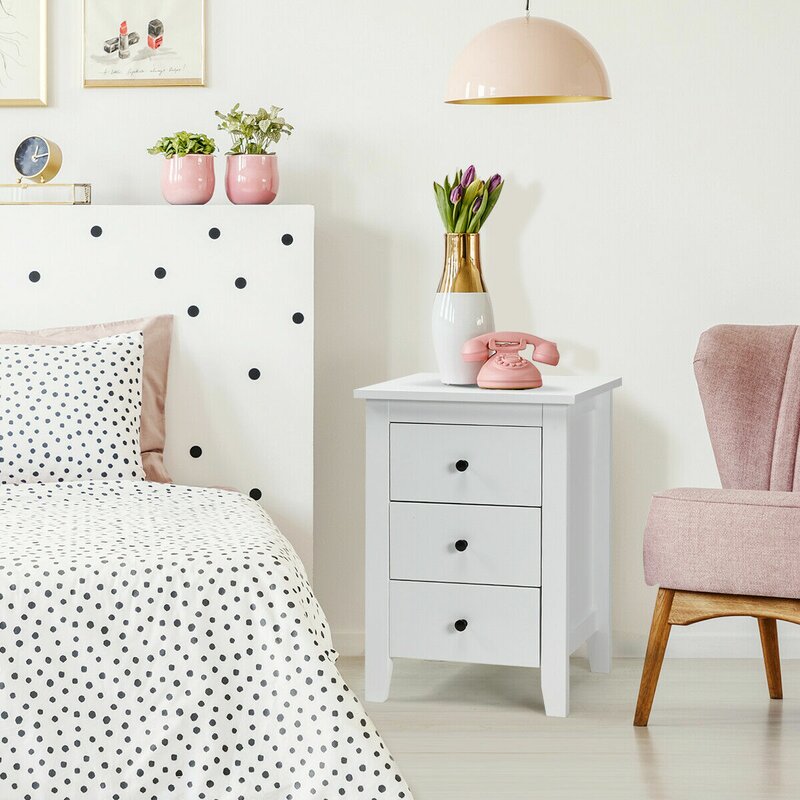
When it comes to choosing bedside tables, the two most important things to remember is that there should be two of them, and they should match. Our designer chose sleek metal-framed glass bedside tables that contrast nicely with the room’s plush elements. Top the tables with lamps, which is a must for both symmetry and utility (why should only one person get to read at night?) Style the tables with books, flowers, and–if you get thirsty at night–a carafe of water.
The Chair
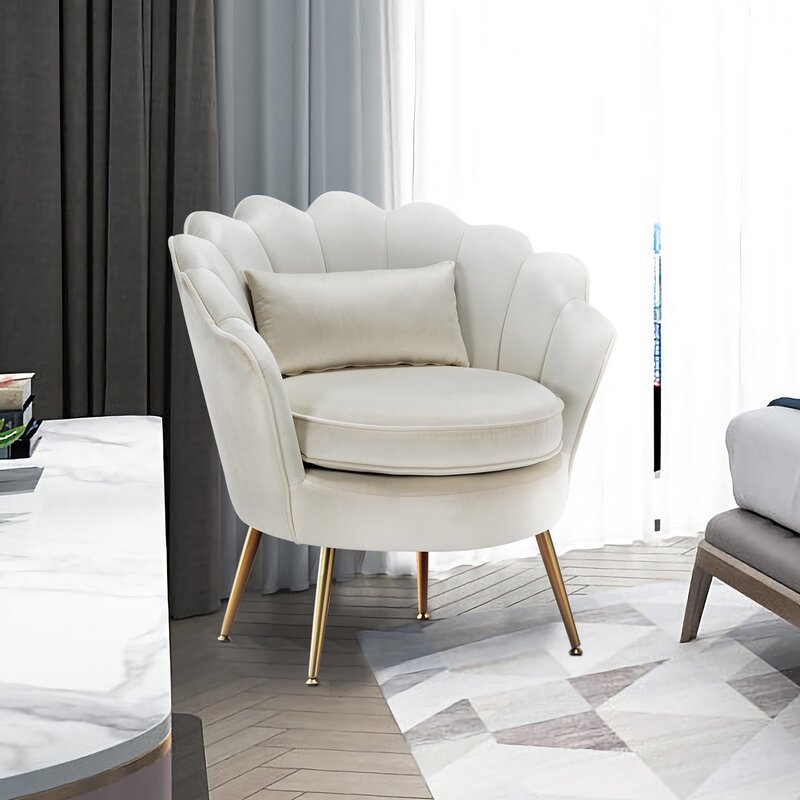
To design or stage a space effectively, you have to think about how people will actually use the space, or give them ideas about how they could use it. In this room, our designer created a sweet reading nook off the bed with a slipper chair topped with a sheepskin and a floor lamp with a metal base. Try something similar in your own room, and to make it even better, place a small side table next to the chair where you can rest a book or a cup of tea.
The Window Treatments
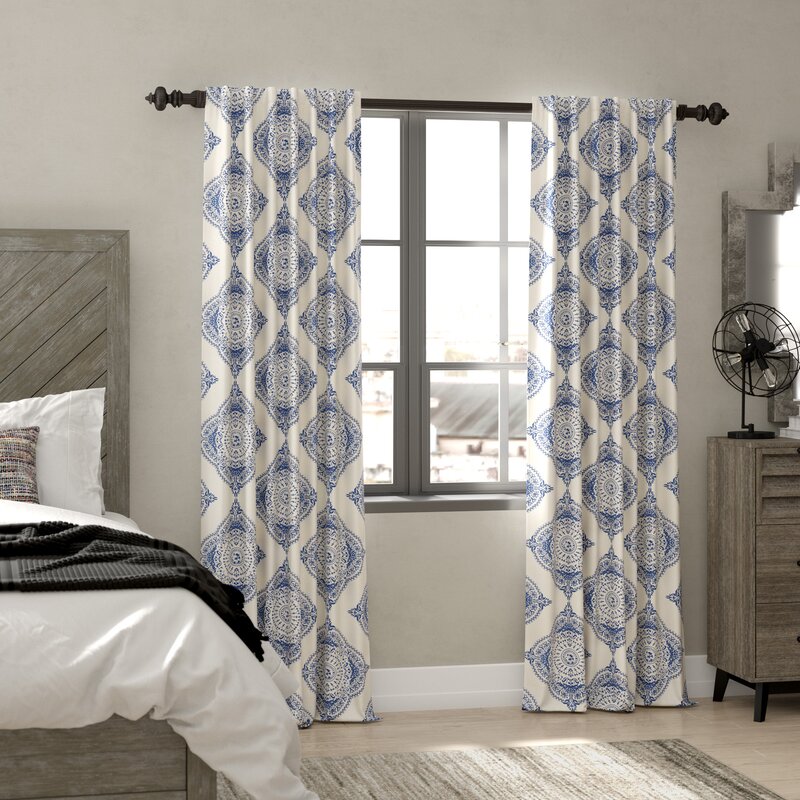
Nothing says “no one lives here” quite like bare windows. All you need is a pair of drapes flanking each window, but if you want even more light-filtering options, add blinds, like in this bedroom. When it comes to drapes, make sure that they’re long enough to reach the floor. Anything shorter looks ridiculous, so measure and measure again.
